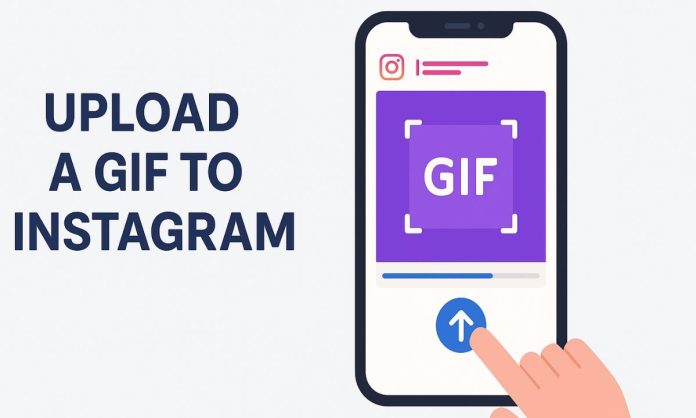As technology accelerates and employee expectations evolve, the office is no longer just a place where work happens—it’s a strategic asset. At the core of this evolution is something deceptively simple: office furniture.
But the office desk of tomorrow isn’t just a desk. It’s a command center. A wellness hub. A collaboration canvas.
Let’s take a look into the future of workplace design and how office solutions are stepping up to meet the needs of a generation raised on flexibility, sustainability, and smart design.
1. Furniture That Moves with You
We’ve entered the age of hyper-flexibility. As teams become more mobile and roles more hybrid, furniture must keep pace.
Expect to see a surge in:
- Mobile work pods with integrated power and soundproofing
- Height-adjustable everything—not just desks but conference tables and shared workstations
- Foldable partitions that act as both dividers and whiteboards
This isn’t about flashy gadgets—it’s about matching the fluidity of modern work patterns with adaptable environments.
2. Wellness as a Design Principle
Workplace burnout isn’t just about workload—it’s also about the space people are forced to function in.
Forward-thinking office furniture manufacturers are reimagining their role in employee health. Think:
- Furniture that promotes micro-movements and circulation
- Anti-fatigue flooring paired with ergonomic matting systems
- Lighting-integrated desks that mimic circadian rhythms
Wellness isn’t just a perk—it’s becoming policy.
3. Sustainability Is the New Standard
Green certifications and carbon reporting are no longer niche concerns. Clients are demanding materials that are responsibly sourced, modular, and recyclable.
This means:
- Low-VOC finishes, recycled aluminum frames, FSC-certified wood
- Design-for-disassembly models that allow for easy repair or part replacement
- Transparency about supply chain and environmental impact
A growing number of office furniture manufacturers are integrating circular design thinking into every stage of production.
4. The Data-Responsive Workplace
As IoT becomes mainstream, the very furniture in your office may soon collect data:
- Heat maps from sensors that show space usage
- Desks that auto-adjust to posture preferences
- Smart lockers that sync with employee apps
This opens a new frontier where office solutions are deeply integrated into workplace analytics and decision-making.
5. Aesthetic Minimalism Meets Function-Rich Design
Workplaces are embracing a visual language of calm—soft corners, neutral palettes, natural materials—but underneath the surface lies a dense layer of function.
We’re seeing a rise in:
- Acoustic panels doubling as art
- Storage units with embedded charging stations
- Desks with zero cable clutter and wireless power modules
The design ethos? Simplicity that hides sophistication.
Final Thoughts: The Workspace as a Living System
The office is no longer a static container for people—it’s a dynamic system built around them.
Office furniture, once considered background infrastructure, is now at the center of workplace innovation. And as technology, wellness, and sustainability converge, furniture will do more than support your work—it will anticipate it.










